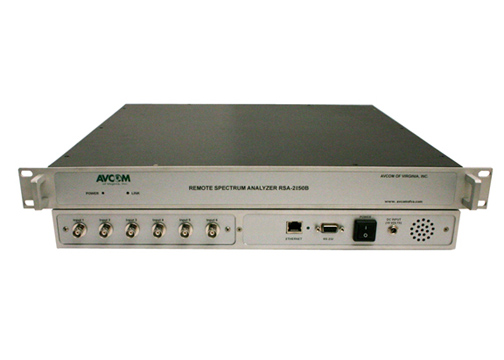Technology is growing by leaps and bounds. With the rapid advancement in technology, there have been significant changes in how we communicate and interact with each other. Initially, radar technology's main focus was on military and aviation, but these days, they have endless commercial applications. They are used as a short-range radar, such as collision avoidance, driver assistance, and autonomous driving. There is another category of specialized radars that provide images through fog and walls. Modern radars produce complicated pulses, and measuring them becomes a hassle most of the time. These obstructions in the way of communication can be eliminated with the help of a 6 GHz spectrum analyzer.
Components affecting Radar Performance
Several things affect the performance of the radar systems. Some of them are as follows:
- Receivers Noise: If the receiver generates a noise component in the signal, it is known as receiver noise. It is an unwanted component and should be eliminated with the help of a 6 GHz signal spectrum analyzer.
- Minimum Detectable Signal: It is difficult for radar to detect an echo signal as it has less power than the minimum power. You can select the proper threshold value only by getting proper signal strength.
- Clutter: Echoes from rain, sea, land, and hail are the primary cause of interference for those who want to detect aircraft or ships. The capability of the radar systems gets severely affected by these echoes. The aircraft in the rain can be detected with circular polarization, and Circular polarization works on the principle of electromagnetic energy and will make both the things look different. Hence, it will be easy to detect them.
- Transmitter Power: The maximum range of the transmitter largely depends on the average power of the transmitter. These systems have power, which is approximately 1 Megawatt.
This interference must be eliminated to get the signal of desired strength. A 6 GHz spectrum analyzer can help identify and eliminate the interference originating from various sources. This is how we can make the communication systems work flawlessly and hassle-free.
